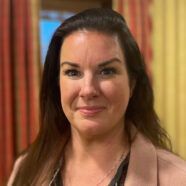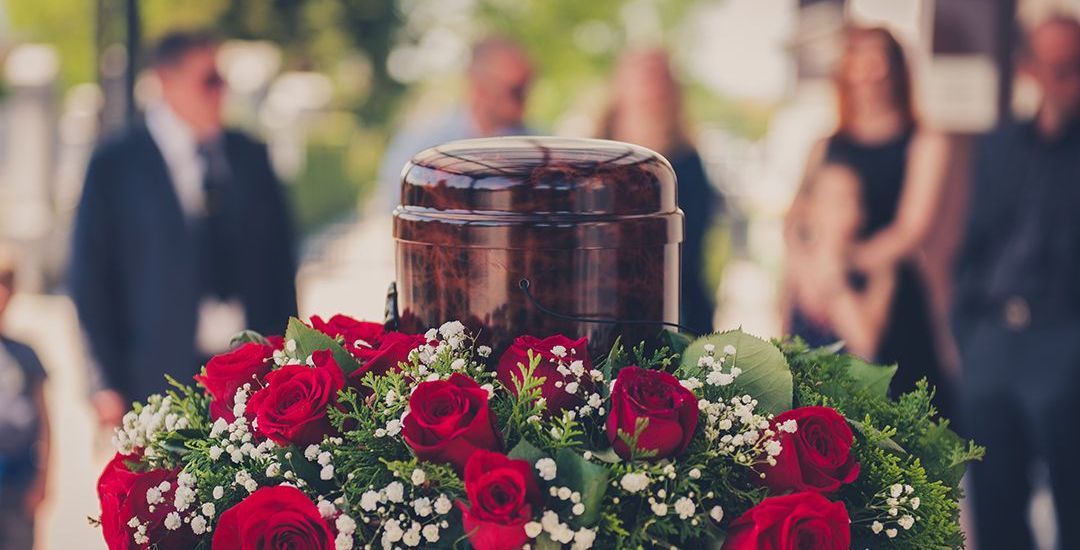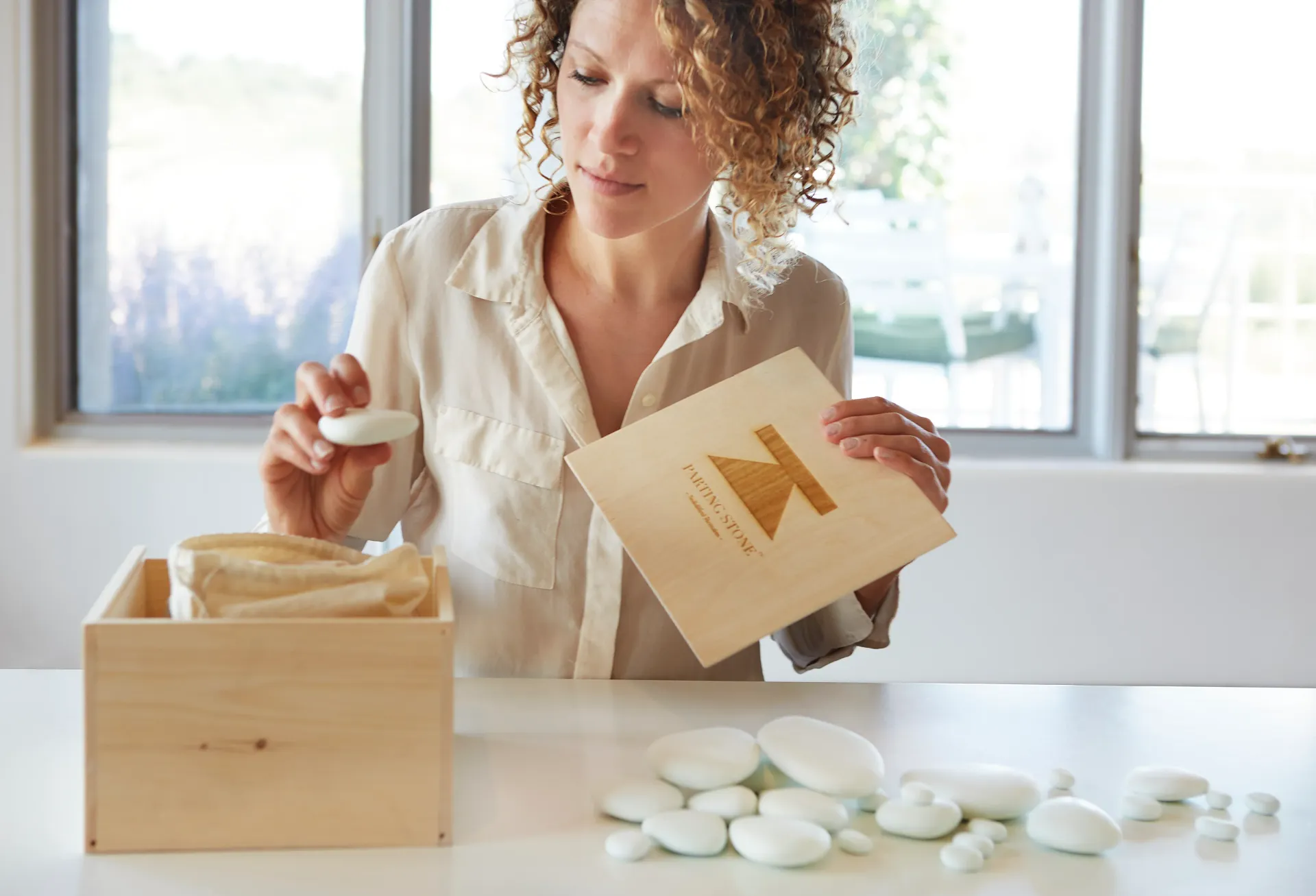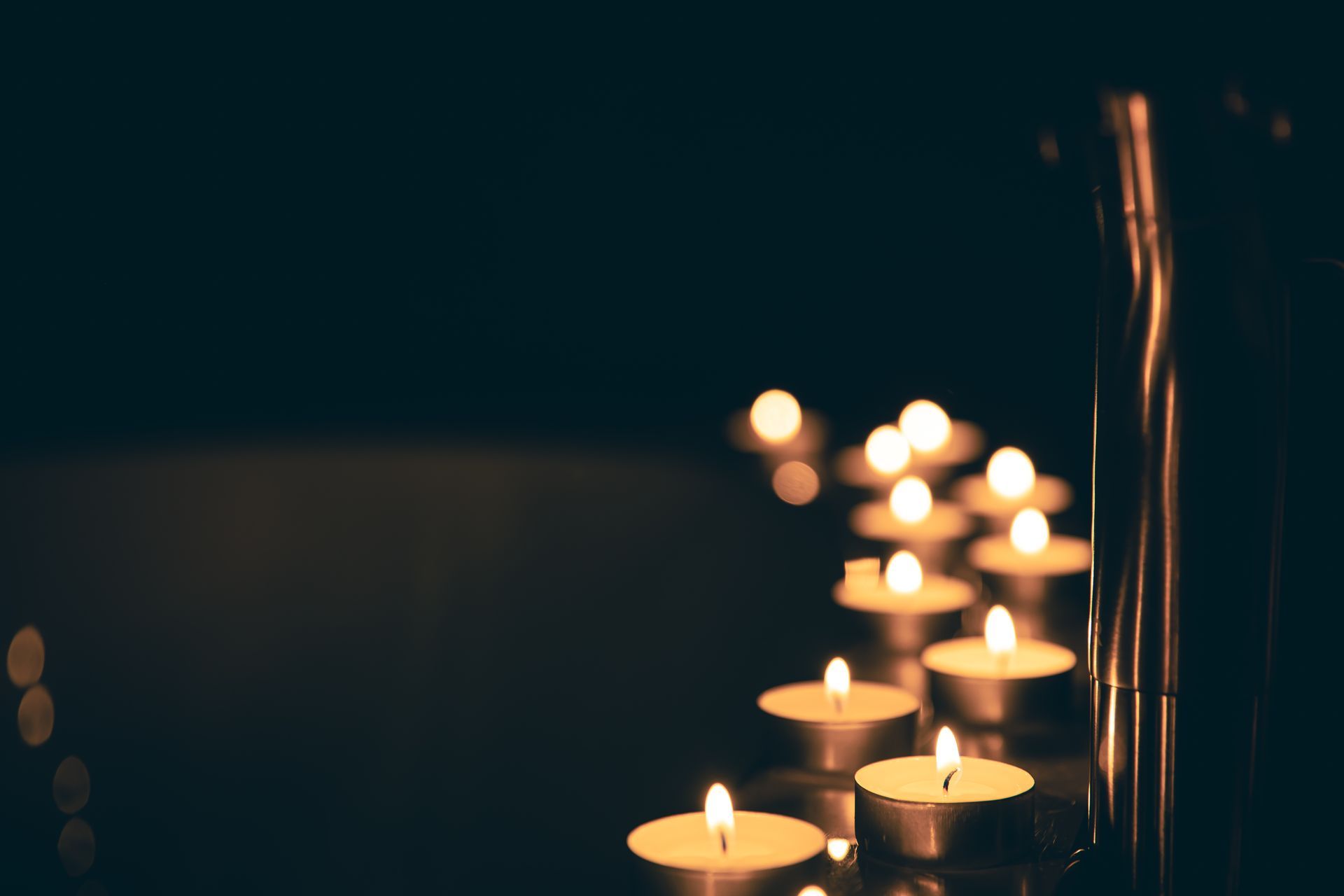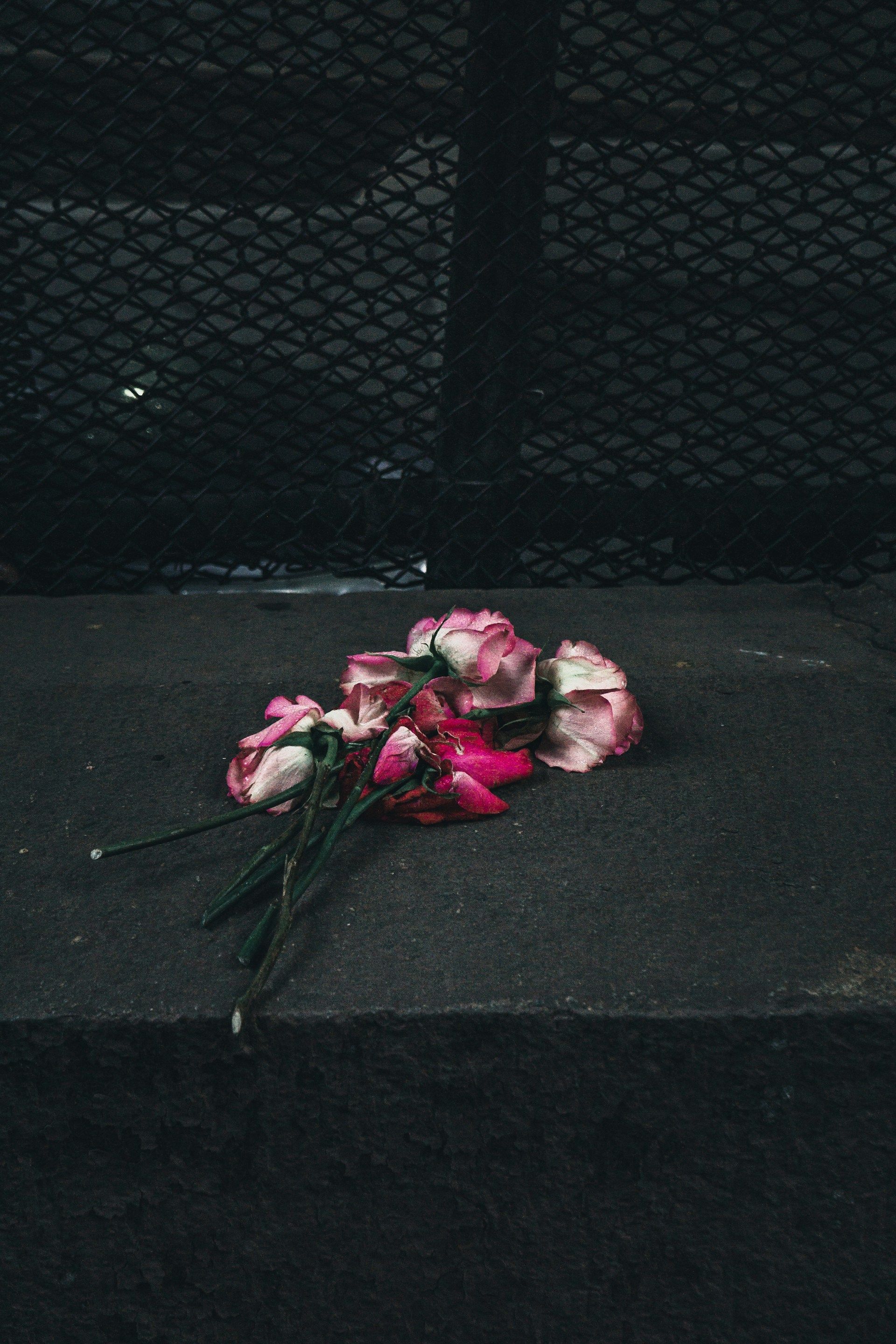How to Help a Grieving Friend or Relative
How to Help a Grieving Friend or Relative
When someone close to you experiences a loss, you naturally want to support that person and let him or her know that you care, but it can be difficult to know what to say or what to do. The most important thing you can do is acknowledge the loss and be there for your friend without judgement and without trying to fix the pain – be willing to listen and be a caring presence.
When someone we love is hurting, often, the first impulse is to rush in and try to alleviate the pain or to cheer the person up. But experts say that is not helpful to someone grieving a loss. While everyone’s path through grief is different, there are no short cuts. A grieving friend or relative needs someone to acknowledge that they are in pain and to stand with them in the face of the discomfort.
A tip sheet on helping a friend in grief from The Dougy Center, The National Center for Grieving Children & Families, says: “Put down the toolbox. Your friend doesn’t need you to fix them or their grief, which is good because grief can’t be fixed! What they do need is for you to show up, stick around, act normal, and listen.”
Megan Devine, the author of It’s OK That You’re Not OK: Meeting Grief & Loss in a Culture that Doesn’t Understand and founder of Refuge In Grief posted a short animated video on “How Do You Help a Grieving Friend.” On the video, Devine says, “You can’t heal somebody’s pain by trying to take it away from them…Being heard helps. But acknowledgement can be the best medicine that we have. It makes things better even when they can’t be made right.”
What to Say and What Not to Say
It can be difficult to find the right words to comfort someone who is grieving a loss. Some people might even wonder if it is best to say nothing at all for fear of upsetting the person who has lost a loved one, but not acknowledging the loss can be just as painful.
“It’s important to acknowledge the death of a loved one,” said Co-president John Keohane. “Even though expressing your condolences to someone who has experienced a loss is not easy, it should not be avoided all together.”
Because it is understandably challenging to find the right words to comfort someone, it is best to keep things short and from the heart. A simple expression such as, “I’m sorry for your loss” can be all that is needed to express your sympathy in a way that tactfully acknowledges the loss.
While there are no set rules to saying the right thing to someone who has lost a loved one, there are some phrases that people often convey during a loss that should be avoided in order not to offend the mourner.
You might be tempted to show support by telling the grieving person that you have experienced grief, too, but everyone experiences grief differently. So, rather than telling someone, “I know how you feel,” you might start with an acknowledgment that loss is painful, and that you know what he or she is experiencing is difficult. And while the acute pain of a loss usually diminishes over time, avoid saying things like “time will heal” or “at least he’s not suffering” which can appear to minimize the mourner’s pain. Instead, say something that relates to the difficulty of the loss such as, “I realize that this is must be a very difficult time for you.”
It’s okay to admit that you just don’t have the words to express your feelings, especially in the case of a sudden loss or accidental death in which the mourner may be in shock and disbelief. You can confess to the griever, “I’m so sorry. I just don’t know what to say.”
Physical gestures can also convey your sympathy when words just aren’t enough. A warm hug, a squeeze of the hand or a kiss on the cheek can express your feelings non-verbally.
Hang in There
The journey through grief is a long and winding path that lasts much longer than the initial mourning period when friends and family drop off food and send condolence cards. It’s important to check in with your friend or relative after the first few weeks or even months. Ask how they are doing and make concrete offers to help, such as doing yard work; babysitting the children or inviting them for a walk. Mark your calendar for important dates that might bring up feelings of grief – a birthday, a holiday, or the anniversary of the death.
And remember that a person who is grieving has ups and downs. It’s okay to laugh and have fun; to reminisce about the person who has died; or celebrate a special event. Just be sure to check in with your friend and find out what he or she is feeling or needing in the moment.
For more ideas and tips, Hospice and Palliative Care of Greensboro provides a guide on “Beyond the Casserole” with information from April Herring, Risa Hanau and Marcia Vanard.
